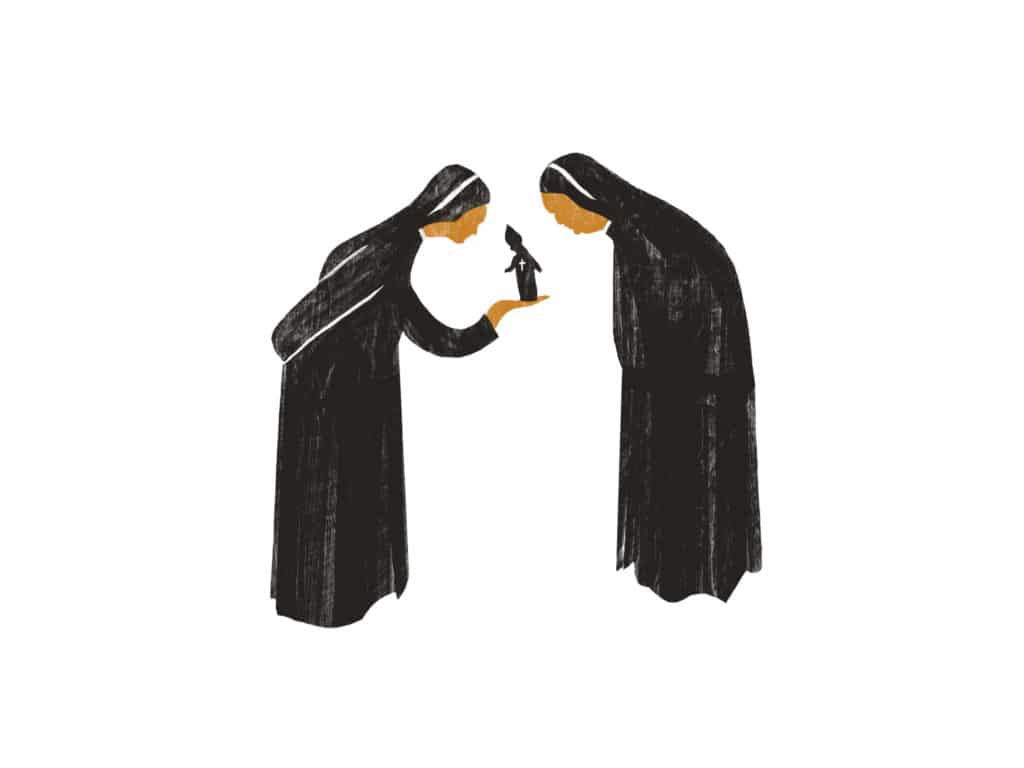Celine Minj was born in 1933 in a village in the forests of central India. She nearly starved as an infant — as a girl, she was considered a burden — and she fought to persuade her family to send her to school. She carried rocks on construction sites to help pay tuition. In 1947, as India became free from British rule, the 14-year-old Celine ran away from home, traveling hundreds of miles by train, and ended up on the doorstep of a new missionary hospital. She started as a cleaner, studied nursing and, by the time I met her in January, had retired after a long career as a nurse for India’s state-run oil company.
I thought of her often this year as I followed the stream of news about women and girls in India. Every atrocity is unique in its horror, but in 2018, there seemed to be another layer to the violence: girls brutalized by men asserting their caste power or motivated by the extremes of Hindu nationalist ideology. After the notorious 2012 gang rape and murder of a young woman in Delhi, the government appointed new watchdogs and passed new laws. And yet, it seems, men in India continue to enjoy impunity.
But I have recently seen things that give me hope for Indian women. A group of journalists denounced one of their colleagues who had preyed for years on young female reporters. Their persistence forced him to resign from his position as a Cabinet minister. A group of Indian nuns stood up for one of their own after she accused a bishop of sexually assaulting her; they forced the church hierarchy and the police to take the crime seriously. Devotees of one of southern India’s most popular Hindu pilgrimage sites organized protests to open the shrine to women. Even Bollywood stars have dropped the glittery facade, sharing their stories of harassment and abuse.
If, as many historians have argued, the 1857 rebellion by Indian soldiers against colonial officers was the first war of independence, and Gandhi’s freedom movement in 1947 was the second, what we are witnessing now is the third iteration, in which the women of India begin the long fight to secure their rights. They are joined in a parallel struggle by India’s lower castes, tribal communities like Minj’s and other marginalized groups. India’s Constitution prohibits discrimination on the basis of gender, caste or religion. But those ideals are meaningless unless they apply, in practice, to India’s temples, churches, businesses and schools.
This fight isn’t likely to be easy or fast, but victory is possible. It will require women who, like Minj, can bend India’s institutions to their will. She fought for her place at school, in a profession and in a company whose pension secures her old age. She remembered the moment she resolved to be a nurse: She was a girl, watching the nurses walk into the school infirmary. She admired their competence and the ease with which they carried their knowledge, and wanted to be one of them.
“I decided,” she said, “and at last I did it.”
c.2018 New York Times News Service
